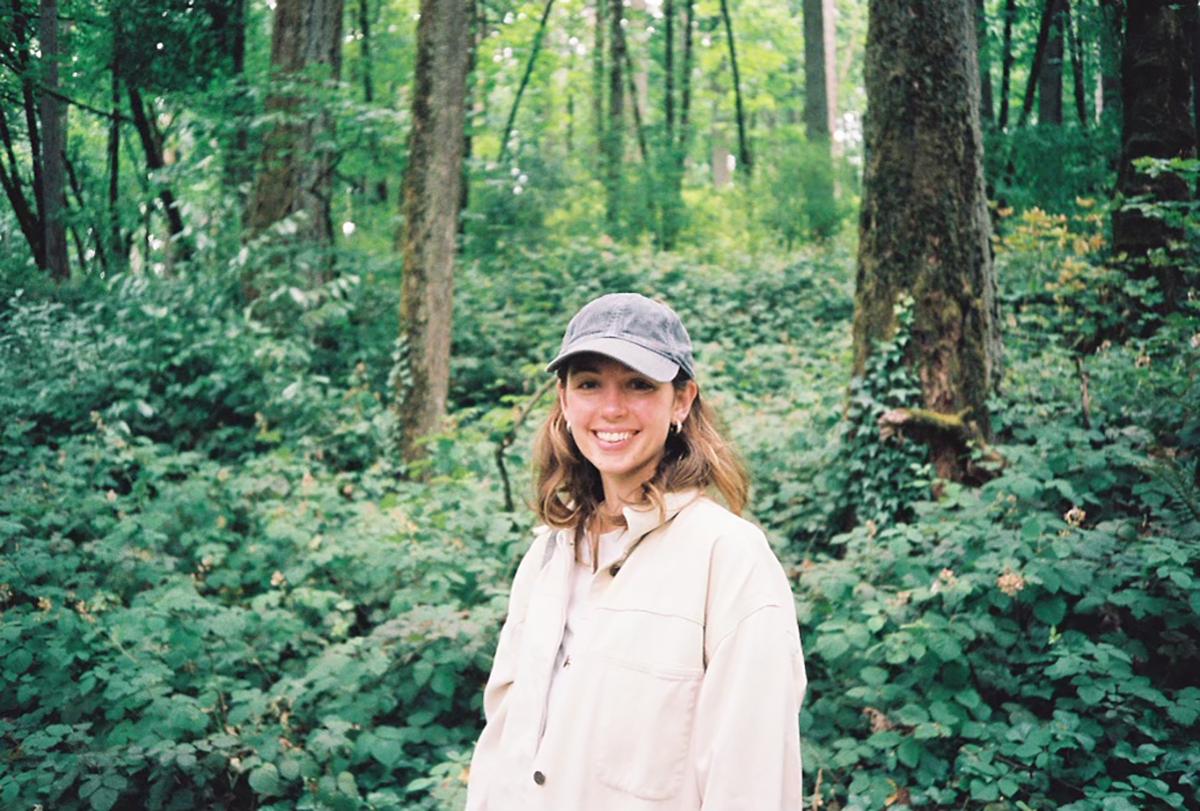
By Brooke Burns, PhD Candidate, Department of Philosophy
After witnessing the cruelty inflicted upon the Indigenous Arawak peoples of the Caribbean islands in 1514, Spanish priest Bartolemé de Las Casas underwent a “conversion experience” that would take him on a journey across the Atlantic Ocean to first meet with King Ferdinand II and later with the co-regents of Charles V. There, he argued for the abolition of the encomienda system, and as a replacement for labor proposed the importation of 4,000 African people into the Caribbean islands. It is important to note that while Las Casas later retracted his proposal, he was not against the institution of slavery itself, but rather the physical and psychological abuse inflicted upon the Arawaks.
Following his meeting with the co-regents in 1516, Las Casas became an influential figure at court and at the Council of Indies, which was the governing body of Spain’s colonies in the Americas. It was during this period that Las Casas encountered Juan Gines de Sepúlveda, who had gained influence at court through his work Democrates Segundo; o, de las justas causas de la Guerra contra los indios (Concerning the Just Cause of the War Against the Indians). Here, Sepúlveda argued that the Indians “are inferior to the Spaniards just as children are to adults, women to men, and, indeed, one might even say, as apes are to men.” Las Casas and Sepúlveda eventually debated in 1550 at the Council of Valladolid, a debate over the kind of relation—hierarchical or reciprocal—that would be established between “the two modes of human” (Wynter 1984/2022, 566).
The “Valladolid debate” is a historical “motif” in the writings of Jamaican theorist Sylvia Wynter. Wynter first wrote on New Seville, the third capital founded in the Caribbean by the Spanish settlers, in 1984 for a two-part series published in Jamaica Journal titled “New Seville and the Conversion Experience of Bartolomé de Las Casas” (2022a; 2022b). Wynter locates the debate as one site of emergence for the organization of human life on secular rather than religious terms. The justifications for enslavement brought forth by Sepúlveda used a long-established doctrine of the Church, though reformed as an “essentially secular system of classification” and based on a rational, political subject of the state (2022b, 577). According to Wynter, the Valladolid debate represents a “conceptual revolution that formally ushered in the modern world” insofar as it gave way to the ratio-centric universalist conception of the human (2022b, 577).
In her articles in Jamaica Journal, Wynter refers to a forthcoming manuscript, New Seville: Major Facts, Major Questions 1509-1536. The aim of my project, funded by the CSWS research grant, was to travel to The Schomburg Center for Research in Black Culture to explore Wynter’s manuscript (available only on microform) and to incorporate the findings into my dissertation. The motivation behind this research was to build on Wynter’s insight into what she calls “the paradox of the humanists’ invention/overrepresentation of ‘Man’” (2003, 283).
This necessary critical stance toward liberal humanism stems from the broader tradition of Black feminism. For example, in Scenes of Subjection (1997), Saidiya Hartman writes, “the recognition of humanity held out the promise not of liberating the flesh or redeeming one’s suffering but rather intensifying it” (5). For Hartman (as with Wynter) a recognition of humanity often intensifies racial and gender hierarchies rather than dismantling them. Additionally, Zakiyyah Iman Jackson’s book Becoming Human: Matter and Meaning in An Antiblack World (2020) explores the production of humanism and its specific entanglement with animality. Following Wynter, Jackson critically interrogates the knowledge production of the human in place of recovering an image of the humane (15). Jackson writes, “In the case of slavery, humanization and captivity go hand in hand…thus, humanization is not an antidote to slavery’s violence; rather, slavery is a technology for producing a kind of human” (46).
I had hoped New Seville: Major Facts, Major Questions 1509-1536 would provide in greater detail the site of emergence of this ratio-centric conception of the human, but I did not find much in it about the Valladolid Debate. However, the text does demonstrate the depth of Wynter’s historical prowess and, in my view, her commitment to philosophical genealogy.1
New Seville was a town without a map, or at least until 1981, when the Spanish archaeological team began exploring under the direction of Professor Lorenzo Elaido López y Sebastián. This work was assisted by Donohue & Associates, a firm of engineers and architects from Wisconsin who deployed subsurface interface radar to map the remaining underground structures (Wynter 1984, Note 1). From this archeological research, Wynter’s text reconstructs a history of the past by telling a history as it unfolds in the present. She writes, “Research into the cultural aspects of the life of New Seville and of the Spanish Jamaica as a whole, will enable the tracing and positive defining of new areas of cultural continuity and discontinuity with respect to contemporary Jamaica” (18).
In true genealogical style, Wynter’s work reaches into the archives to re-create the practices and materials of Spanish colonization and its afterlives. She writes of the stone, wood, and straw from which the buildings were made and includes notes on the Old Spanish Road, the sugar mill, and the Original Catholic church (4). She writes of the rivulets that fall into the bay and a quarry of white free stone (6); and “in a hut of wood and straw” the House of Trade, which would have served as the center for the early Arawak slave trade, and the basis “on which the system of Seville’s Atlantic would be structured” (3).
While the manuscript did not unfold any “new” insights into the content of the Valladolid Debate, it did reveal the depth of Wynter’s material retelling of New Seville. This is an especially important text for those who are interested in genealogy and, perhaps more importantly, those who seek to reconstruct the archives in the absence of what remains.
—Brooke Burns, Philosophy, received a 2022 CSWS Graduate Student Research Grant for this project.
Notes
1 New Seville notes that it is part of a larger book titled The Rise and Fall of New Seville, which was being written as part of the New Seville Project by Wynter. To the best of my knowledge, these books do not exist.
References
Jackson, Zakiyyah Iman. 2020. Becoming Human: Matter and Meaning in an Anti-Black World. New York University Press: New York.
Hartman, Saidiya. 1997. Scenes of Subjection. Oxford University Press: Oxford.
Wynter, Sylvia. 1984. New Seville: Major Facts, Major Questions. JIS Press: Kingston, Jamaica.
Wynter, Sylvia. 2003. Unsettling the Coloniality of Being/Power/Truth/Freedom: Towards the Human, After Man, Its Overrepresentation—An Argument. In The New Centennial Review 3 (3): 257-337.
Wynter, Sylvia. 2022a. “New Seville and the Conversion Experience of Bartolomé de Las Casas: Part One” in We Must Learn to Sit Down Together and Talk About a Little Culture: Decolonizing Essays 1967-1984: 554-66.
Wynter, Sylvia. 2022b. “New Seville and the Conversion Experience of Bartolomé de Las Casas: Part Two” in We Must Learn to Sit Down Together and Talk About a Little Culture: Decolonizing Essays 1967-1984: 567-84.

